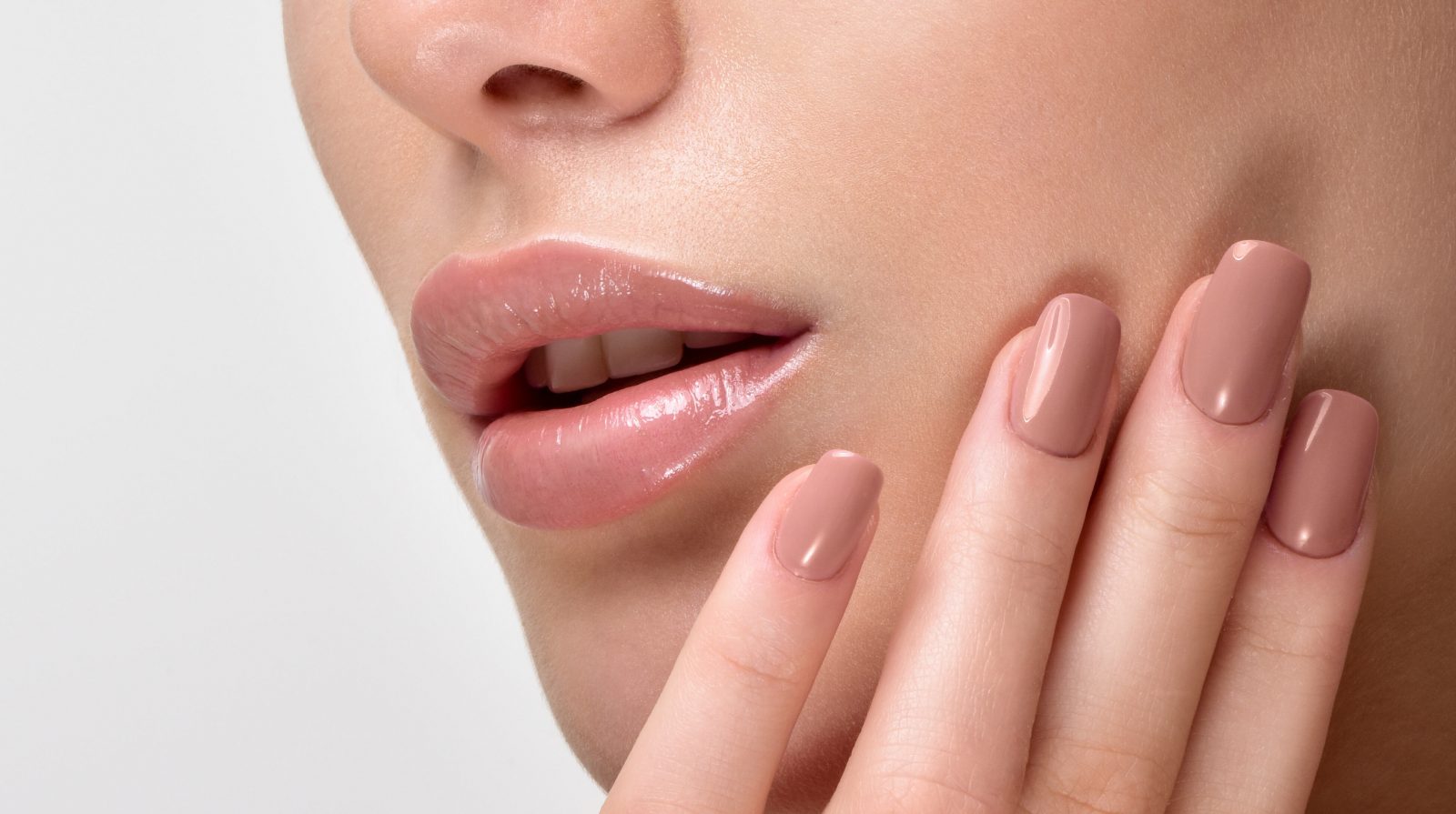Dr. Samuel Lin is a double board-certified Plastic Surgeon and Associate Professor of Surgery at Harvard Medical School who practices in Boston, Massachusetts. Dr. Lin received his Bachelor’s degree in Biomedical Engineering at Northwestern University and was enrolled in the Honors Program for Medical Education at Northwestern University, Feinberg School of Medicine, Chicago, Illinois. Dr. Lin is board certified by both the American Board of Plastic Surgery and the American Board of Otolaryngology-Head and Neck Surgery. Dr. Lin is board certified by two ABMS boards. He is Program Director of the BIDMC-Harvard Plastic and Reconstructive Surgery residency, and Co-Director of the Harvard Aesthetic and Reconstructive Plastic Surgery Fellowship at BIDMC. Dr. Lin has been a Boston “Top Doc” for several years in plastic surgery.
 Photo Credit: Shutterstock
Photo Credit: Shutterstock
Lip blushing is a form of semi-permanent makeup which has recently become popular on social media. Essentially, lip blushing is a cosmetic tattoo that can enhance the color, shape, and symmetry of the lips and create the illusion of larger, fuller lips. Here Haute Beauty sat down with experts Natalie Hassell and Dr. Samuel Lin, MD, FACS., to discuss lip blushing, a similar concept to eyebrow microblading just focusing on a different part of the face.
Lip blushing can be highly customized to suit the individual’s goals and preferences. The tattoo pigment chosen for lip blushing will determine the color of the lips. There is a wide range of colors available to suit different skin tones and aesthetic preferences. Often, lip blushing is intended to simply enhance the natural color of the lips. With lip blushing, pigment can be strategically placed to create the illusion of symmetry in uneven lips. Through color and shadow, lip blushing can also create the illusion of fuller lips. Unlike lip filler, lip blushing does not add any volume to the lips. Because there is no actual change in the size of the lips with lip blushing, the result is often more subtle than with lip filler. Both lip filler and lip blushing will require touch-ups to maintain results. The longevity of both lip filler and lip blushing varies depending on how fast your body breaks down the pigment or filler. Lip blushing generally lasts for two to three years while lip filler lasts up to a year and a half.
When done by a professional trained in safe, sanitary techniques, lip blushing is generally a safe procedure. Lip blushing is a form of tattooing, so it is important for your health and safety to go to a trained professional for this service. A trained technician will use the proper sterile equipment and technique to deliver a safe result. The certification required to provide cosmetic tattoos varies by state, so be sure to check that your technician has the proper certification to practice in your area.
Like any cosmetic procedure, lip blushing carries risks. There have been reports of allergic reactions to the ink used in cosmetic tattoos, including those used for lip blushing. There is also a risk of infection since the tattooing process creates small punctures in the skin which allow bacteria to enter. If you notice any signs of infection, like pus, fever, or worsening pain, consult a doctor to ensure you receive the appropriate treatment. Finally, there is always the risk of being dissatisfied with the cosmetic result of the procedure. Lip blushing is a semi-permanent procedure and the ink can be difficult to remove with traditional tattoo-removal methods.
 Photo Credit: Shutterstock
Photo Credit: Shutterstock
After lip blushing, your lips will likely be swollen. You can use ice packs to help decrease the swelling. Your lips may also scab during the healing process. It is important to let any scabs that may form fall off naturally in order to avoid disturbing the skin or pigment underneath. You may use a gentle ointment, such as Aquaphor, to keep the lips hydrated during the healing process. As your lips heal, it is best to avoid sun exposure or cigarette smoking as they can impact the pigment used for lip blushing.
In general, anyone could be a candidate for lip blushing. Those who actively smoke should plan to quit smoking before and after the procedure in order to heal properly and to avoid discoloring the result. Additionally, lip blushing could trigger an outbreak of cold sores or herpes in people with a history of these conditions. If you have a history of cold sores or herpes, talk to both your lip blushing technician and your doctor before undergoing the procedure. Likely, your doctor will prescribe a medication to lower the chances of an outbreak during lip blushing and recovery.
Lip blushing is one of several options for people seeking the appearance of fuller, more vibrant lips. If you are interested in lip blushing, a board-certified plastic surgeon can help you understand all of the options for lip enhancement and decide which is best suited to your individual goals.
References:
- McIlwee BE, Alster TS. Treatment of cosmetic tattoos: A review and case analysis. Dermatologic Surg. 2018;44(12):1565-1570. doi:10.1097/DSS.0000000000001572
- Duke D, Urioste SS, Dover JS, Anderson RR. A reaction to a red lip cosmetic tattoo. J Am Acad Dermatol. 1998;39(3):488-490. doi:10.1016/S0190-9622(98)70330-5
- Wetzel CL. Permanent cosmetics. Plast Surg Nurs. 2012;32(3):117-119. d
For more information, visit Dr. Samuel Lin's social media:





















